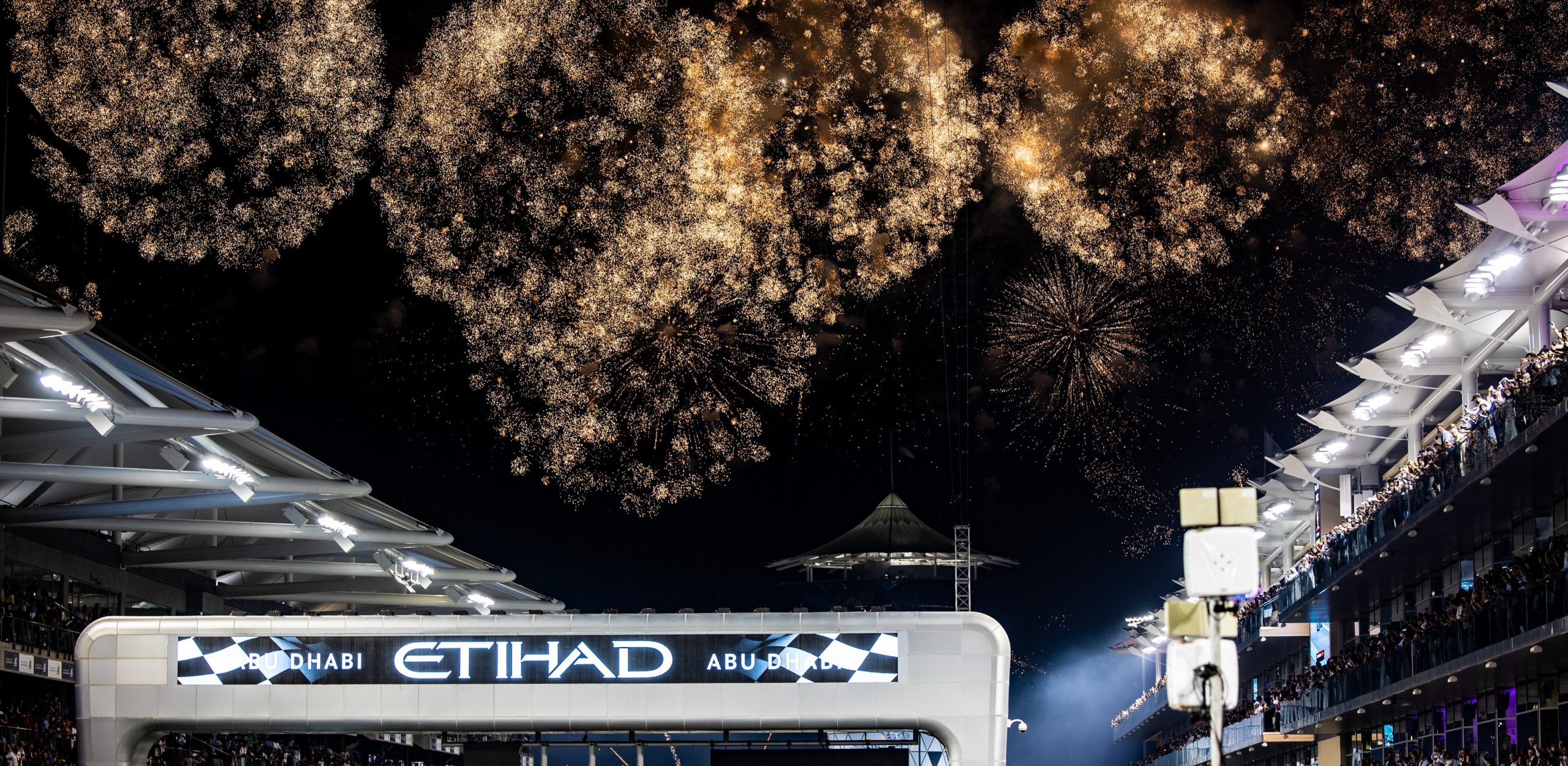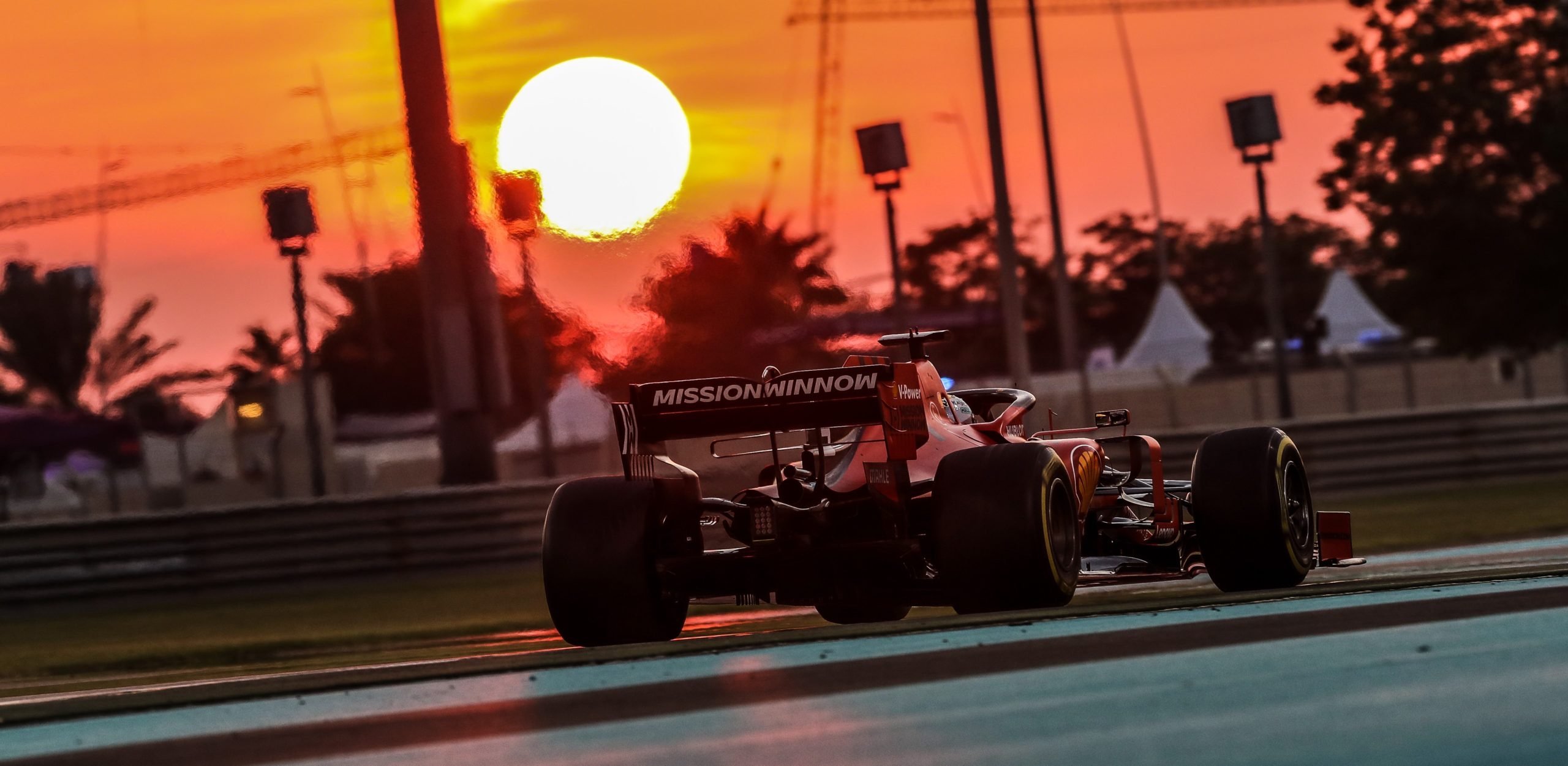
Lewis Hamilton dominated the final race of the 2019 Formula One season to secure his 11th victory of his championship year.
As if Lewis Hamilton needed to put a sharper point on his 6th World Driver’s Championship form, the Brit started the Abu Dhabi Grand Prix from pole, led every lap at the Yas Marina Circuit while setting fastest lap and finished 16.7 seconds ahead of hard-charging Max Verstappen.
Hamilton took the lead from the first corner of the 55-lap race and never looked back. It then fell to Verstappen and third qualifier Charles Leclerc to provide the mid-race fireworks.
Verstappen executed a long first stint, then caught and forced his way past Leclerc to secure second and finish a career-best third in the drivers’ championship.
Leclerc tried his best to undercut the Verstappen’s Red Bull, pitting his Ferrari early from second place on Lap 12, but the Monegasque couldn’t find pace in the second half of the Grand Prix. He would finish third, 43 seconds behind Hamilton and fourth in the World Driver’s Championship.
Leclerc’s finish wasn’t confirmed until hours later as Ferrari faced a stewards’ inquiry into a “significant” pre-race fuel declaration discrepancy. In the end, Leclerc kept third place – instead, Ferrari was fined 50,000 Euros for a 5kg fuel irregularity.
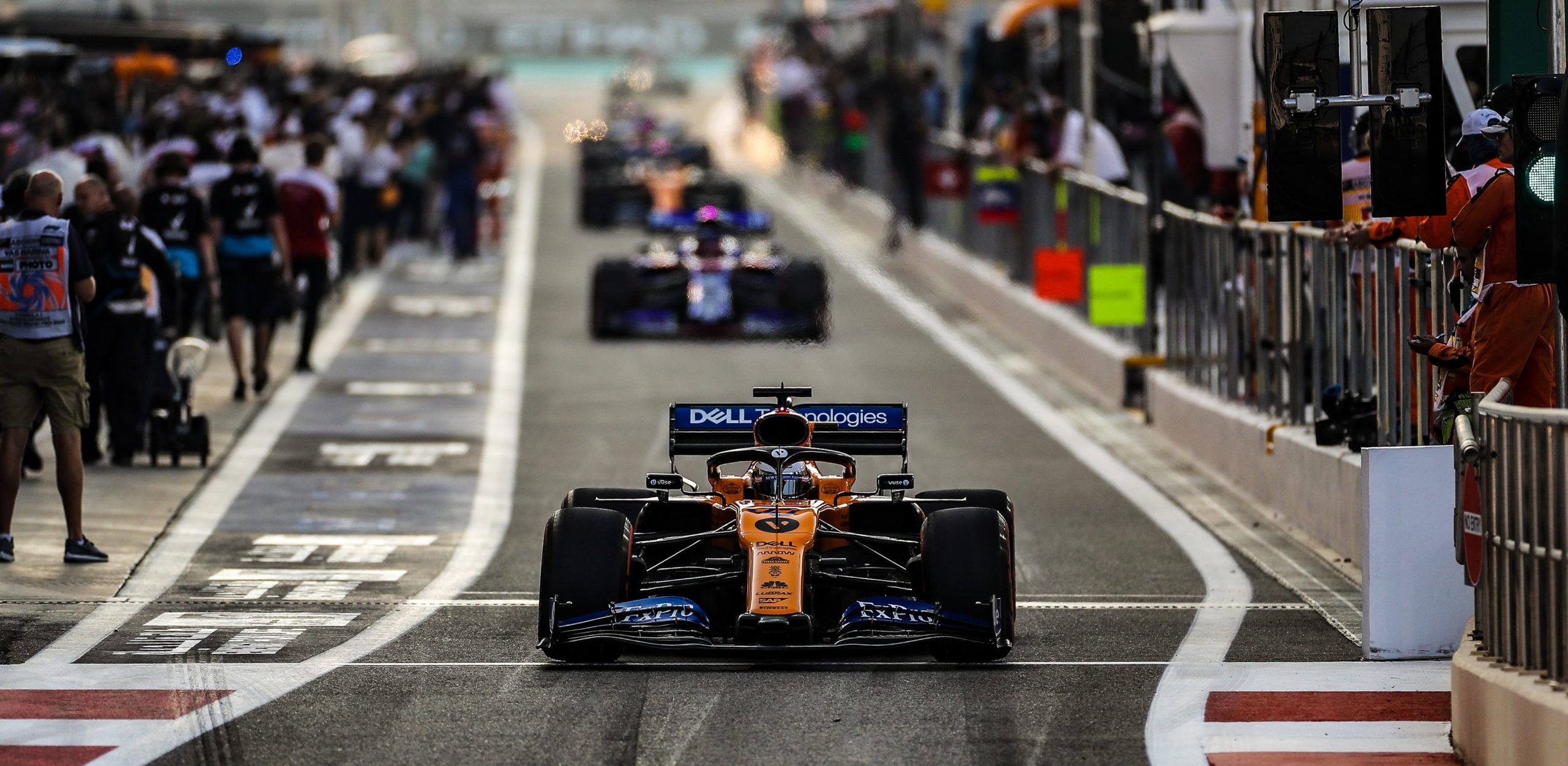
Lewis Hamilton’s pole was his first in nine races, having last topped qualifying in Germany just before the summer break. Thus, Mercedes’ multiple-world champion ends the season with five pole positions, matching team-mate Valtteri Bottas, and a career tally of 88. Bottas qualified second but would start for the back of the grid after a new engine installation (reportedly a prototype of the 2020 engine).
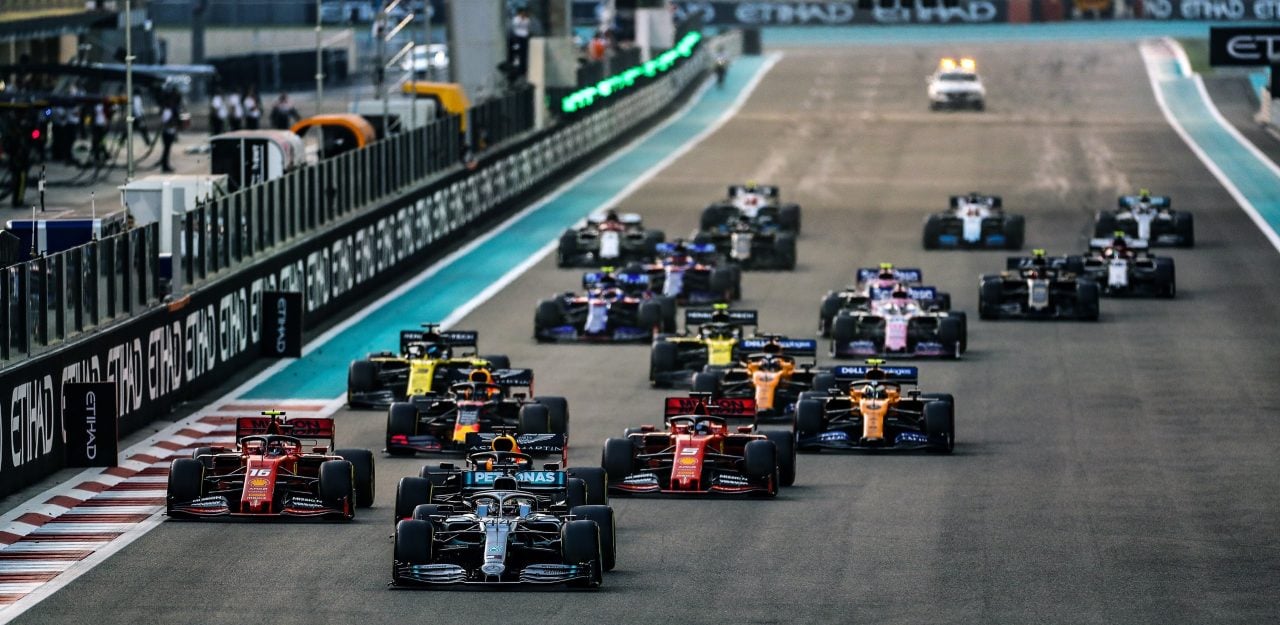
That left Hamilton and Verstappen, the 2019 season’s most consistent drivers lining up on the front row for only the second time this season.
Leclerc’s Ferrari moved up to third behind Verstappen, who held an 11-point lead over Leclerc in the fight for third place in the drivers’ championship.
Leclerc would be the only driver from the top four starting the race on the quicker soft tyre, with Sebastian Vettel – behind his team-mate on the second row – joining Hamilton and Verstappen on the mediums.
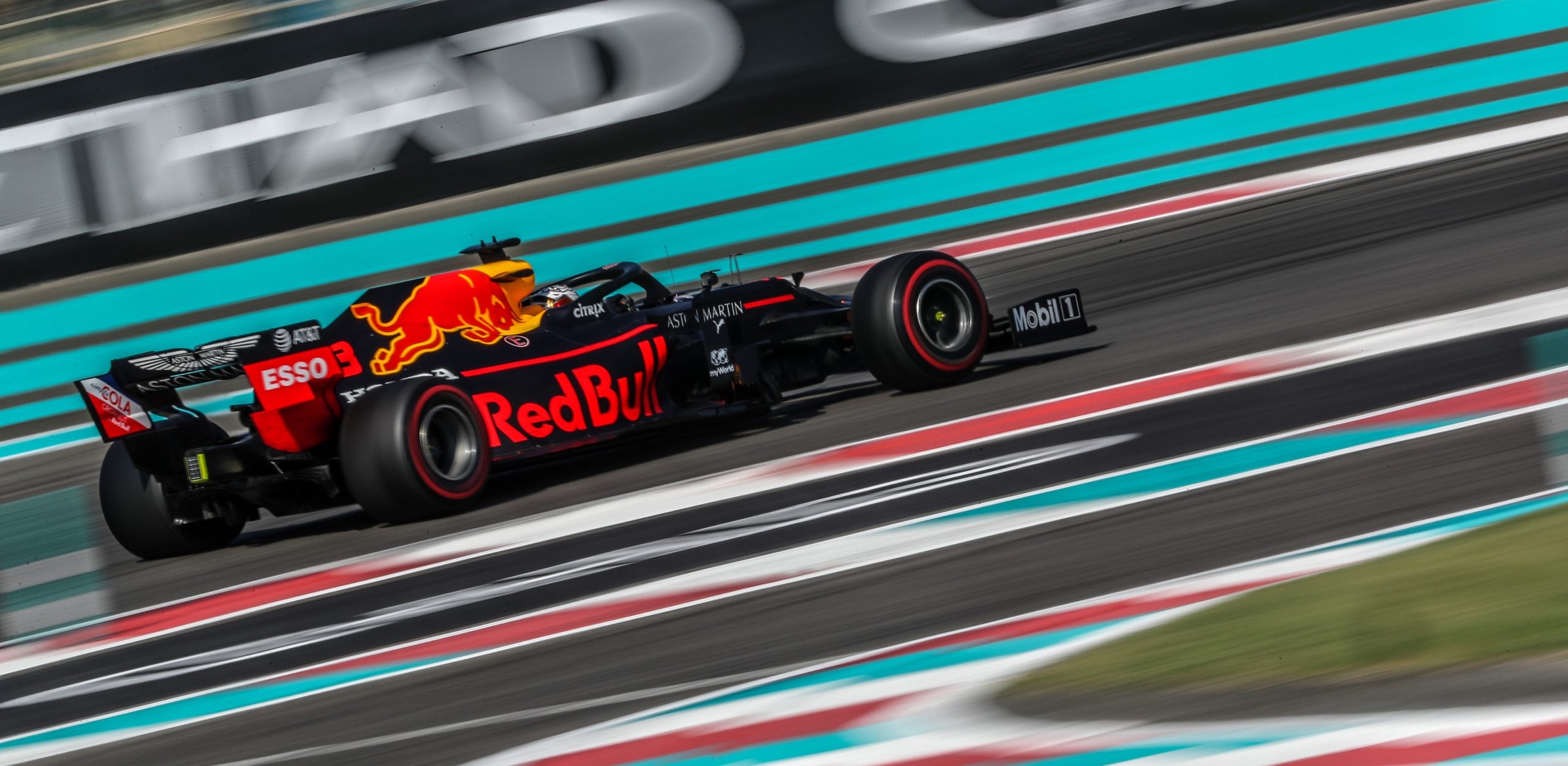
Hamilton immediately took command at the start, while Leclerc used the slipstream to get ahead of Verstappen on the second of the two back straights. Other than Pierre Gasly losing his front wing thanks to nudges from the Racing Points’ Lance Stroll and Sergio Perez, everyone came through unscathed.
To the team’s surprise, a Yas Marina Circuit server controlling the drag reduction system (DRS)failed on Lap 3, which prevented the FIA from enabling the overtaking aid until Lap 19.
In the interim, each driver was left with only the “old-school, grit your teeth and dive inside” option for the expected opening laps pass-fest. As a result, the race quickly became follow-the-leader.
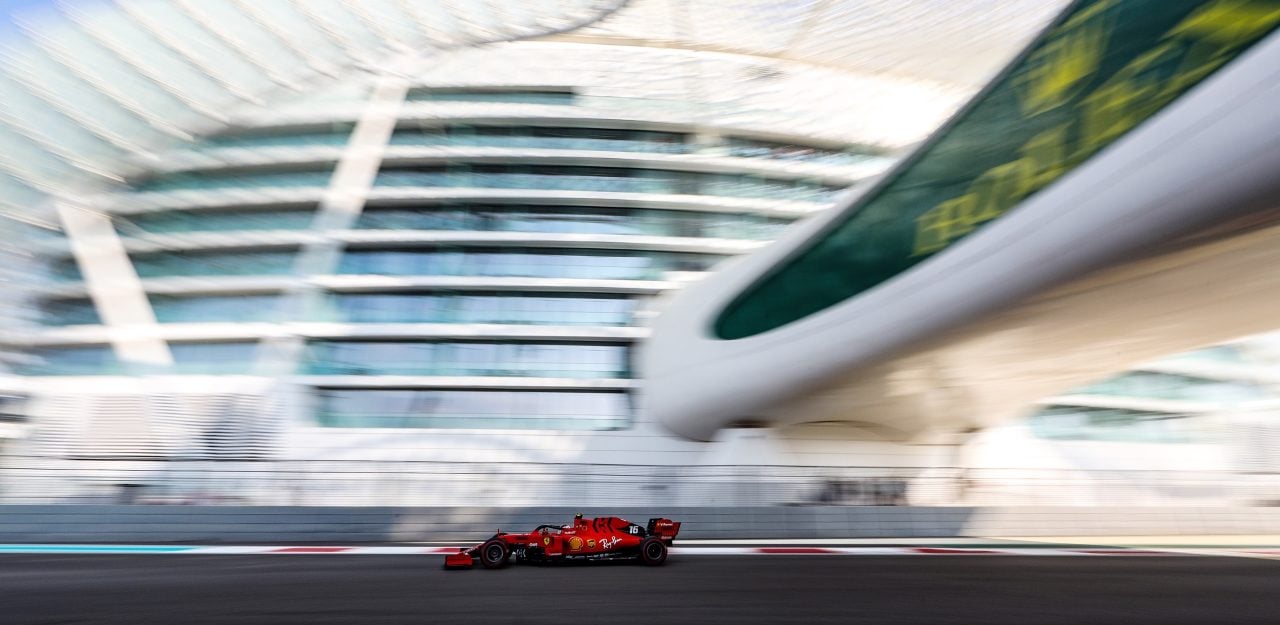
Ferrari saw the situation as a chance to roll the dice, pitting the two Ferraris back-to-back on Lap 12. Charles Leclerc was first, being far enough ahead of Sebastian Vettel not to delay his team-mate. Leclerc rejoined in third place. Unfortunately, Vettel still lost time due to a slow-to-mount left-rear tyre.
That put Vettel rejoining in seventh place, behind Valtteri Bottas, who was running a very long stint after starting from the back of the grid. Instead of passing the Mercedes, Vettel lost more time as Bottas struggled with the lack of DRS to clear Nico Hulkenberg’s Renault.
Upfront, Verstappen matched Hamilton with extremely long stints on their medium tyres with Verstappen stopping on Lap 25 and Hamilton coming in a lap later.
Verstappen emerged on fresher tyres behind Leclerc. In rejoined the race, the Dutchman instantly complained of “massive throttle and traction lags”. His Red Bull tech squad took up the challenge to find a solution, but in the end, could only ask Verstappen to try different settings to drive around the problem.
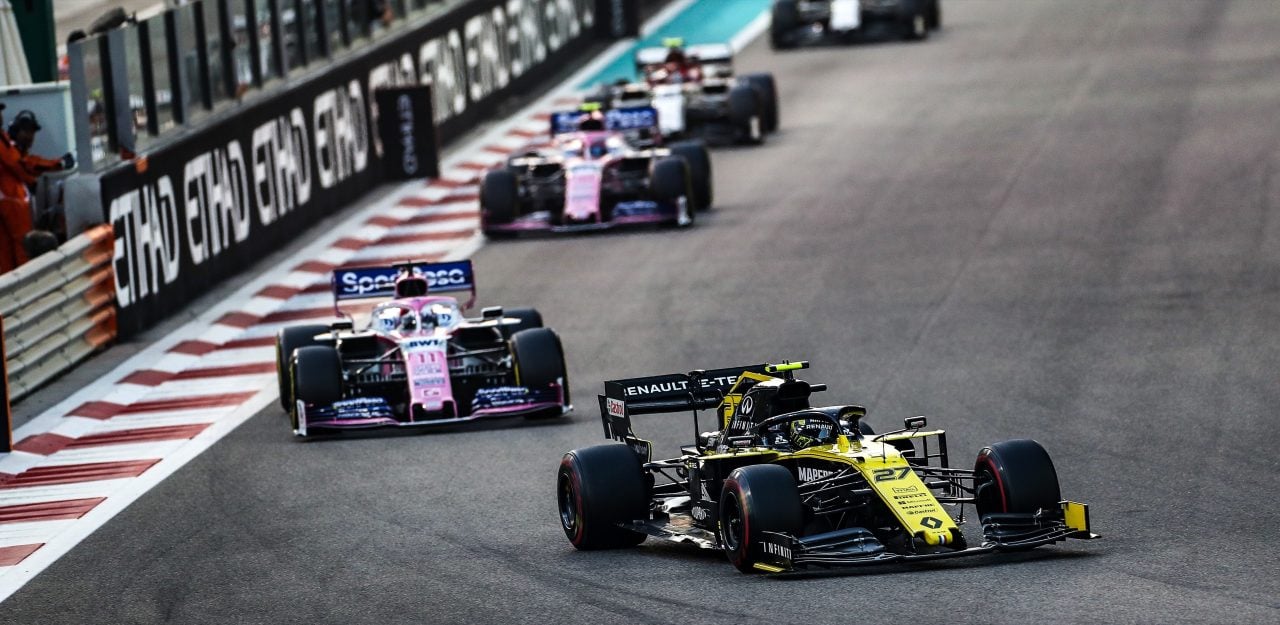
Despite the challenge, Verstappen finally found a comfortable alternative combination that allowed him to reel in Charles Leclerc’s Ferrari. Using the circuit’s restored DRS to attack at the end of the first back straight, Verstappen squeezed through on the inside and then passed the Monegasque on Lap 32.
Leclerc fought back with an aggressive, late-on-the-brakes pass on the outside at the end of the following straight, but Verstappen placed his Red Bull in the precise position for the block.
Ferrari saw Vettel dropping back in fourth and eventually pitting, so the Scuderia switched Leclerc to ‘Plan C’ and brought him in on Lap 38 for a second time to set the fastest lap. He failed to capture the extra point, but he held off the second Mercedes of Valtteri Bottas, who started at the back of the grid, by 0.9s at the finish.
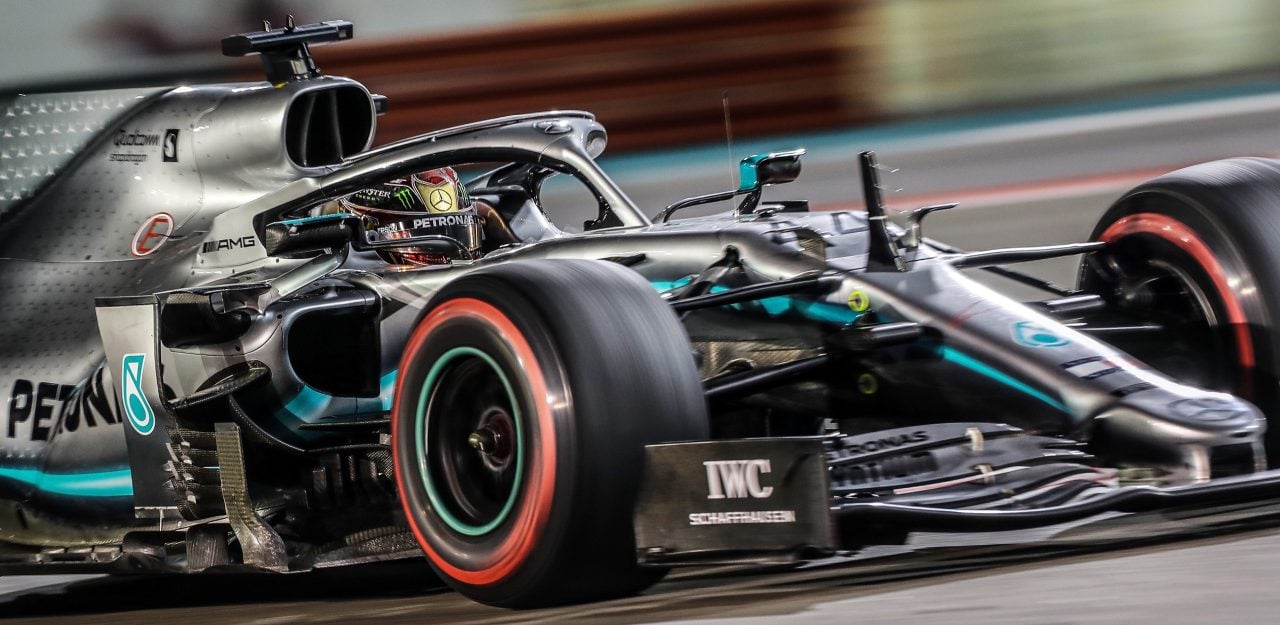
Sebastian Vettel finished fifth for Ferrari after passing Alex Albon on the track with two laps to go. After starting fourth on the grid, Vettel had been on a two-stop strategy similar to his teammate, while Albon was on a one-stop plan and 40-lap-old tyres when Vettel overtook him.
Battles further down the field saw Sergio Perez put in a long first stint to then emerge for a strong late charge. The Racing Point driver started 10th, but a later stop than his midfield rivals allowed him to charge past five cars over the last 17 laps and pass the McLaren of Lando Norris for best-of-the-rest seventh place. Daniil Kvyat finished in ninth. Carlos Sainz’s last-gasp move helped him finish in tenth place, but more importantly secured him sixth place in the drivers’ championship by just one point, ahead of Pierre Gasly.
Both Renaults finished outside the points in 11th and 12th, but the French team still secured fifth in the standings ahead of Toro Rosso in sixth.
Nico Hulkenberg finished his last race for Renault in 12th and will not return to the F1 grid next year after the team replaced him with Esteban Ocon for 2020.
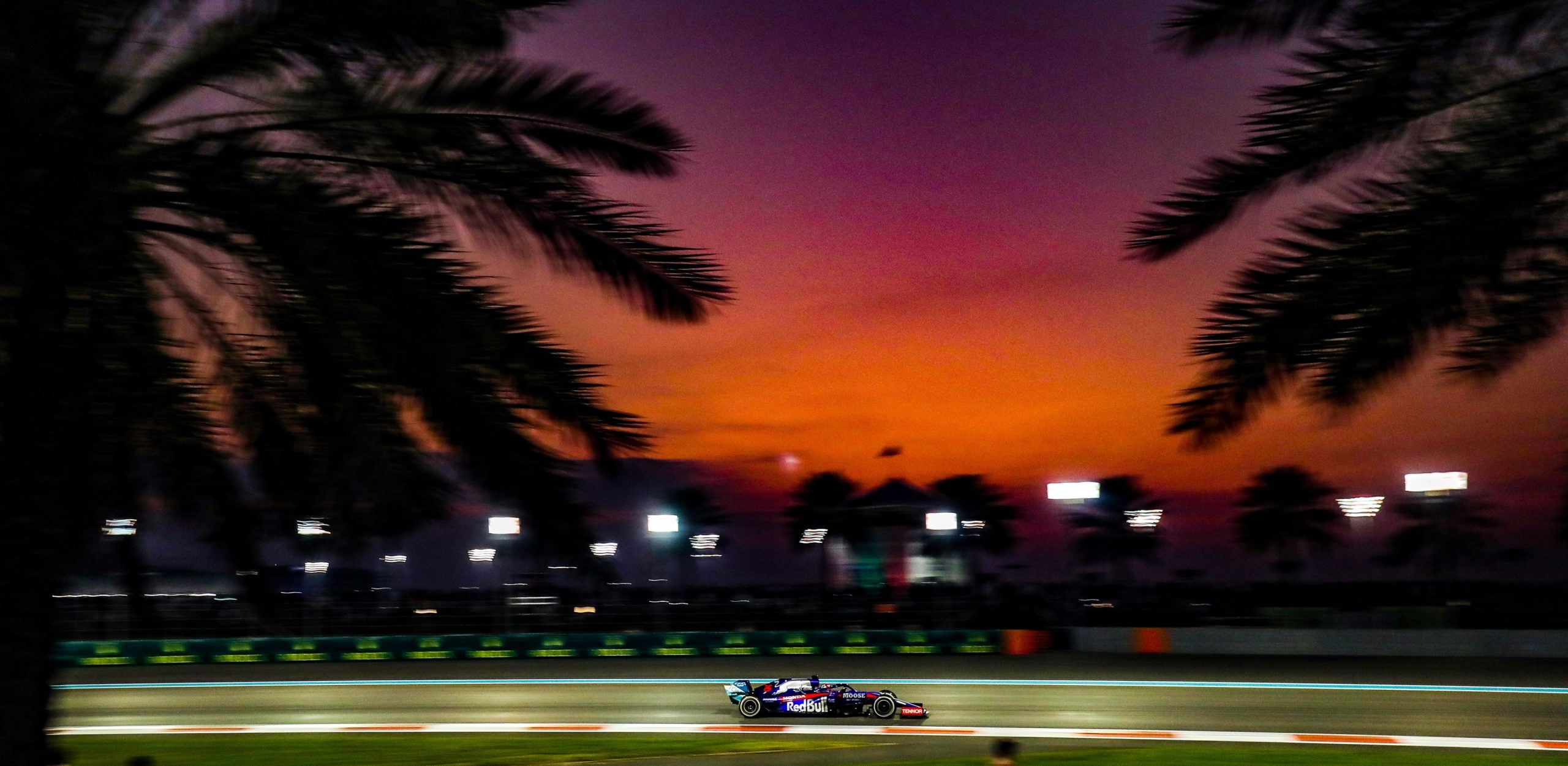
Finally, in a late statement from the FIA, it was explained the stewards decided that rather than penalise Charles Leclerc, they would instead hand out a financial penalty to the team.
The stewards’ verdict referred to a technical directive which: “required teams to declare the amount of fuel that they intended to put in the car for the laps to the grid, the formation lap, the race, the in-lap and any fire-ups that would be needed.
“The Technical Delegate was able to confirm the fuel mass put in the tank by checking in accordance with the procedure specified in TD/014-19. There was a difference of 4.88kgs between the team’s declaration for car 16 and the Technical Delegate’s measured fuel mass.”
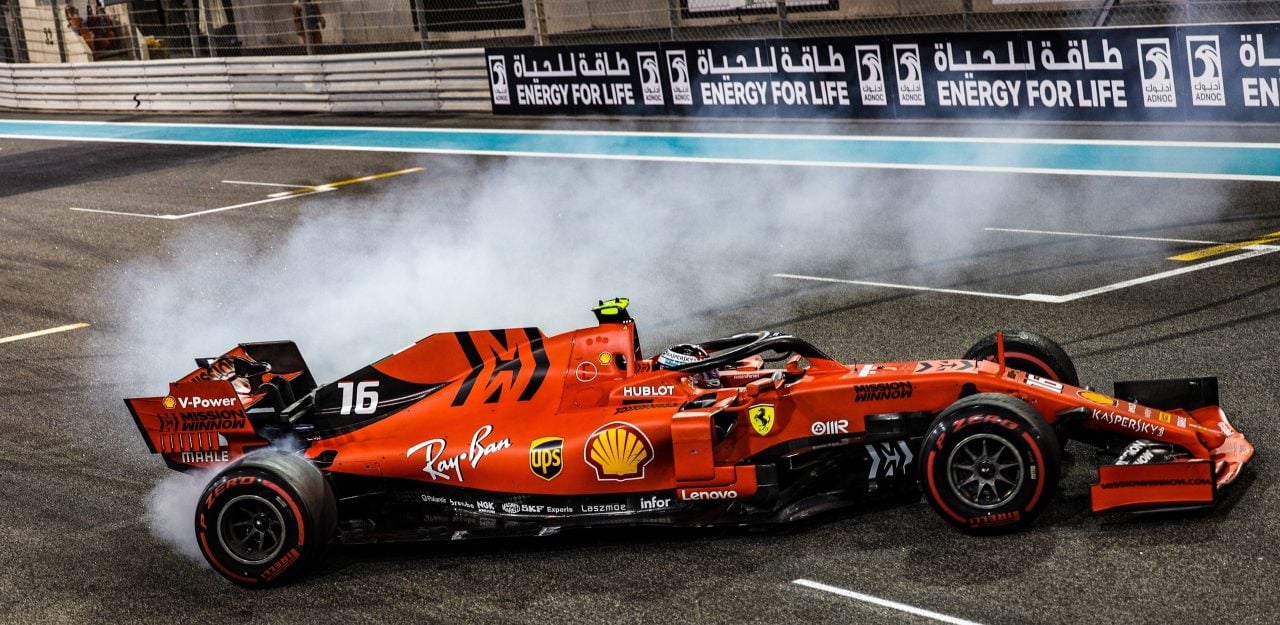
The verdict held that Ferrari was fined 50,000 Euros for the 5kg fuel irregularity – the result of the Abu Dhabi Grand Prix would not change, and Leclerc kept his third-place podium finish.
The Abu Dhabi Grand Prix brought the 2019 F1 season to an end. Teams will stay on in the Yas Marina Circuit for 2020 tire and component testing with pre-season testing for the 2020 season due to kick off in February.
See you there.
